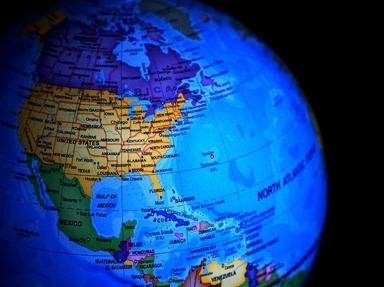
What the Heck Does that Mean? Trivia Quiz
Cities often have interesting names, and the stories behind those monikers can be as interesting. Can you match the ten US state capital cities with the meanings of their name?
A matching quiz
by Red_John.
Estimated time: 4 mins.